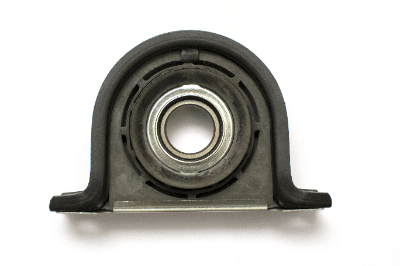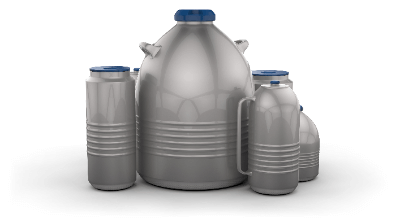What Is a Ball Roller?
A ball roller is a component that holds a ball, such as a metal ball, in a rotatable and partially exposed surface condition. Often referred to as a freebear or ball caster, it differs from general casters which use a one-degree-of-freedom rotating mechanism. Ball rollers can rotate 360 degrees smoothly in any direction, providing greater flexibility and movement.
They are commonly used as casters for carts to enable omnidirectional movement and as conveyance platforms in packaging operations to facilitate the smooth movement of products in various directions.
Uses of Ball Rollers
Ball rollers are ideal for applications requiring smooth rotation in any direction. They are used in cart casters, enabling easy orientation and movement. This feature is particularly beneficial in robotics, where responsive and multidirectional movement is essential. Additionally, ball rollers are implemented in conveyors to move and rotate products at right angles, which is especially useful for sorting packaged products.
Principle of Ball Rollers
Ball rollers consist of a main rotating ball supported by smaller balls (sub-balls) or three rotating shafts. This structure allows for smooth rotation with a low coefficient of friction, reducing resistance. However, when used as casters, their low surface friction and minimal elastic deformation can result in reduced ability to handle uneven surfaces.
The performance of ball rollers can be affected by surface conditions, as scratches on the ball or contamination can hinder rotation. They are made from materials such as steel, stainless steel, or POM, an engineering plastic with self-lubricating properties. Metal ball rollers often require lubrication to reduce wear, and removing this lubricant can lead to dust generation due to increased wear.

 A Dewar bottle is an insulated container that was commercialized by James Dewar in 1982. These bottles are the
A Dewar bottle is an insulated container that was commercialized by James Dewar in 1982. These bottles are the